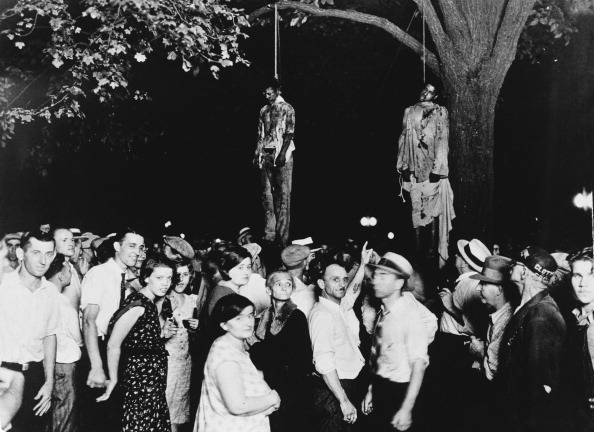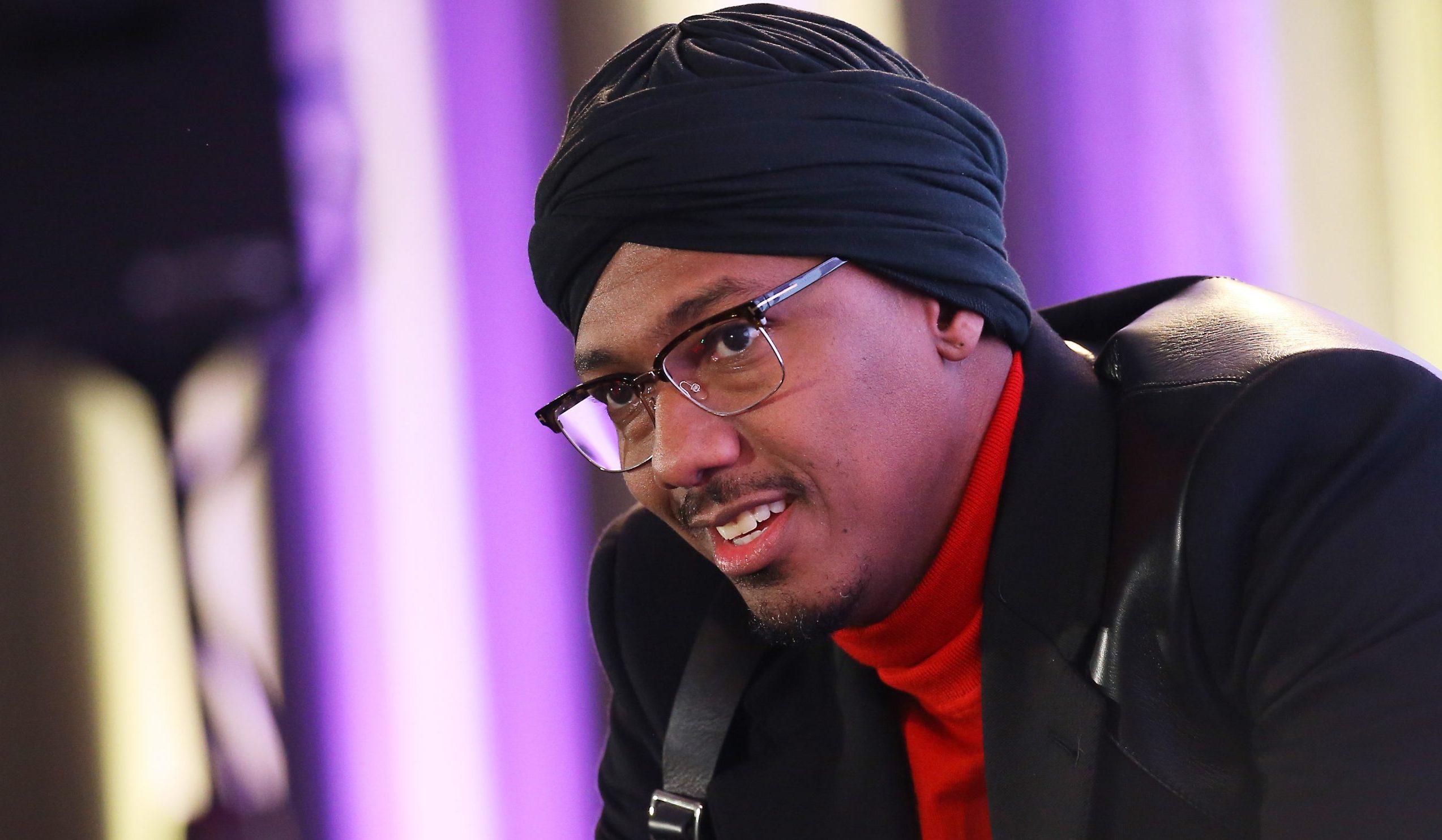In two new textbooks, Professor of Mechanical Engineering James H. Williams, Jr. shares his engineering knowledge, joy, and teaching style that have inspired generations of MIT students as well as engineers and scientists worldwide. As a mechanical engineering professor, Williams is the first to receive the Everett Moore Baker Memorial Award for Excellence in Undergraduate Teaching, the first to receive the Jacob P. Den Hartog Distinguished Educator Award, and the first to be named a MacVicar Faculty Fellow. He is also the first MIT professor to be named the School of Engineering Professor of Teaching Excellence.
The initial textbook, “Fundamentals of Applied Dynamics,” is a lightly edited and rededicated publication of the celebrated original version from 1996. The second textbook is entitled “Wave Propagation—An Introduction to Engineering Analyses.” The books were published simultaneously, a decision that Williams attributes to the “brilliantly synergistic vision” of MIT Press Director Amy Brand. Autographed copies of both books have been sent to Dame Sally C. Davies, Master of Trinity College, University of Cambridge, for placement in the Wren Library.
Q: How would you describe the culture, style, and goals of these books?
A: The culture of both books is engineering mechanics, conventionally consisting of the terminology, disciplinary structure, and mathematics of hardcore engineering mechanics. But, the style of both books is conversant, unconventionally consisting of extended and repetitive presentations of the disciplinary structure, mathematics, and underlying physics. My primary goals are multiplex: They are derived from my certainty that MIT students want to be intellectually stimulated and challenged; they want to be educated and trained, and to know and respect the difference.
The technical writing and lecturing styles of the engineering science revolution of a few generations ago — indeed, of quantitative subjects in many disciplines — are characterized by disciplinary structure, expressed within a terse, nonrepeating presentation. This sparse style, when done well, accommodates some philosophical and publishing goals, but it is not ideal for most teaching. Repetition is one of the best techniques for reinforcing disciplinary and mathematical structure in the formulation and analysis of a subject; and structure is one of the best means of instilling confidence for approaching new problems.
In passing, the focus of these remarks is not classroom teaching, which is a more complex activity. I have attended lectures concerning classroom teaching and the lecturers invariably omitted the attribute that I consider to be the most important, though far from only, requisite for superlative classroom teaching: Namely, the teacher should be learned in the subject. Observing the disregard for this premise is not pretty. Incidentally, therefore, the possession of disciplinary knowledge is one of the reasons why there are so many excellent teachers at MIT.
In “Fundamentals of Applied Dynamics,” which is the considerably broader of the two books, I begin with a major chapter on the history of dynamics, and I cite historical and technical bits throughout the book to enhance at-hand topics. The principles and techniques that are studied in this textbook were developed over several millennia. Students have encountered some of the iconic names in the disciplines that are cited, but often simply as adjectives of a scientific principle or concept as opposed to individuals who progressively contributed to science, engineering, or cosmology as they sought to locate our niche in the universe. Imhotep, Ptolemy, Brahe, Kepler, Galileo, Newton, Leibniz, Euler, Lagrange, Maxwell, Einstein, Hubble, and others were individuals, who made compelling scientific contributions, who sometimes stumbled at solving technical problems, and who devotedly chose struggle and potential failure over comfort and conformity.
Notably, at the beginning of the procession of those renowned contributors, humankind resided on a stationary Earth-centered universe, as all celestial bodies revolved in circular orbits around the Earth, with heaven just beyond the visible stars. Thus, no matter what difficulties or shortcomings human beings experienced, humankind could nevertheless surmise that we were the purpose of creation. But after those individuals had spoken, all of humanity lived on an insignificant planet, orbiting a middling star, in an ordinary galaxy of hundreds of billions of stars, in a universe of hundreds of billions of galaxies; and in such a world, heaven had been inconveniently moved to some unknown location.
“Wave Propagation—An Introduction to Engineering Analyses” is a smaller and more focused book that explores the ubiquitous phenomenon of wave propagation. Everything that every human being has ever seen arrived as a wave; everything that every human being has ever heard arrived as a wave. Thus, the last time that each of us fell in love, wave propagation was at the core of that experience. This book is simultaneously revelatory and challenging. Within its introductory goals and presentations, this book is also unique. And, the extended and repetitive style that I defined decades ago and demonstrated in “Fundamentals of Applied Dynamics” is executed, perhaps near its pinnacle, in this book.
Q: What are the special features or unusual topics that you use to achieve your goals in these books?
A: During my career, either individually or collaborating with my former students, I have performed a broad collection of engineering projects. Those activities — including my dynamical and stress analyses of nuclear-powered aircraft carrier systems (such as the propulsion shafting connecting the turbines and propellers), Yankee paper dryers, and hydroelectric power generation structures built by Newport News Shipbuilding; governmental and multinational corporate consulting; and academic research — have provided enormous intellectual assets that have enriched my teaching and textbooks.
In “Fundamentals of Applied Dynamics,” in addition to the historical and philosophical perspectives discussed earlier, the book deals with the dynamics and vibration of lumped-parameter and continuous mechanical, electrical, and electromechanical systems. The book also contains an extensive collection of examples and appendixes, some of which were written to address contemporary issues that were being debated in the professional literature. Numerous other examples were simply whimsical analyses, such as my calculation of the forces on a “little bird” that I observed running along the whirling multi-axis mobile structure in Porter Square, Cambridge.
In “Wave Propagation—An Introduction to Engineering Analyses,” the siting of vignettes throughout the book is a rare feature. These vignettes are two-to-three-page diverse discourses portraying achievements or phenomena that I find interesting. There is no philosophical focus of the vignette topics, but there is a commonality of the vignettes — namely, each vignette presents an example of wave propagation. The topics of the vignettes include (1) the birth of quantum mechanics, (2) the generation and detection of gravitational waves, (3) communication between marine mammals in the ocean, (4) nondestructive evaluation of advanced composite materials and structures, (5) toppling dominoes, and (6) falling Slinkys.
Examples throughout the book are generally denoted by a solid square. To assist in the multiple-level use of the book, toward the end of chapters, relatively advanced examples are marked by a solid diamond. Moreover, these relatively advanced examples are often elemental illustrations of even more complex research or consulting achievements. For example, these relatively advanced diamond-denoted examples give underlying versions of analyses that (1) Dr. Samson S. Lee and I developed to nondestructively determine residual strength and stiffness of composite laminates, adhesively bonded joints, and fiber-reinforced composite springs and (2) Dr. Raymond J. Nagem and I developed to nondestructively evaluate multicomponent composite structures in high-performance aircraft and to model the dynamic response of structural junctions in Earth-orbiting large space structures.
Q: Whose contributions and encouragement of your work would you like to acknowledge?
A: Authors of books regard acknowledgments, dedications, and bestowals very seriously, and so have I. The combined acknowledgments of the two books are six pages long, thus numerous individuals are cited, including several iconic engineering academicians. Even so, with especial gratitude for personal and professional encouragement, I acknowledge President L. Rafael Reif, Vice Chancellor and former Dean of Engineering Ian A. Waitz and former MechE Department Head Gang Chen.
I dedicated “Fundamentals of Applied Dynamics” to Charles M. Vest, as follows: To the memory of the empathetic man — possessor of an engaging smile, a wise twinkle in his eyes, and the courage to act — Charles Marstiller Vest (MIT President, 1990–2004), who gratefully stated and wrote of his relationship with me as “a vehicle for new insights and learning” for him: Mens, Manus et Cor (Latin for “Mind, Hand and Heart”).
For “Wave Propagation—An Introduction to Engineering Analyses,” the dedication reads: To A. Neil (1964) and Jane Pappalardo, by measure of profound and indelible devotion and love, MIT Royalty.
Throughout my academic career, I have donated all of my publication royalties to MIT. That custom remains intact with these books. I believe that for several decades, MIT has led the academic world in educational outreach. Thus, in the “Wave Propagation” bestowal, with inspiration from former Dean of Engineering Ian A. Waitz, I am especially pleased to endorse MIT’s strategic philanthropy, as implemented in two highly regarded educational outreach enterprises.
For “Fundamentals of Applied Dynamics,” all the royalties are donated to the Massachusetts Institute of Technology via the James H. Williams, Jr. (1967) Fund.
For “Wave Propagation—An Introduction to Engineering Analyses,” all the royalties are donated to the Massachusetts Institute of Technology in equal parts to (i) the MIT Office of Engineering Outreach Programs (Executive Director Eboney Hearn) and (ii) the MIT Summer Research Program (Senior Associate Dean for Graduate Education Blanche E. Staton) in the names of Professor James H. Williams, Jr. and Dr. Raymond J. Nagem, who joined a functioning team and stayed to the end.
No textbook acknowledgment could satisfy me without reflecting upon my students. I requested of them and they delivered to me an openness and deep intellectual curiosity of whence and why as often as their pragmatic goals of how — the more sophisticated the better. In a lecture of 80 to 120 students, they sought alliance and camaraderie with me, enhanced by their amusement that by the third week of each semester, I had memorized each of their names and thus during lecture called upon them accordingly. (On other occasions, in a recitation of 10 to 15 pupils, my students repeatedly distinguished themselves across course-wide exams.) Because I did not use scripted lecture notes, some of the most fascinating chalkboards became a collaboration between them and me. And, they expressed their gratefulness in amusing and sundry ways. During lectures they applauded analyses of impromptu problems that they created (and which we solved together) as well as illuminating explanations of unintuitive conclusions; some distributed chocolates on or near holidays; others hung banners of tribute at final exam sites; as alumni, over the years, many have continued to share enduring recollections and to express continuing appreciation, as they brought their parents, spouses, and children to meet me; and much more.
from MIT News https://ift.tt/3hzgqMN
via



